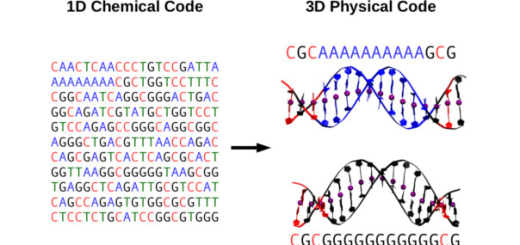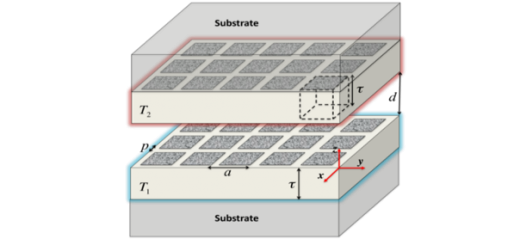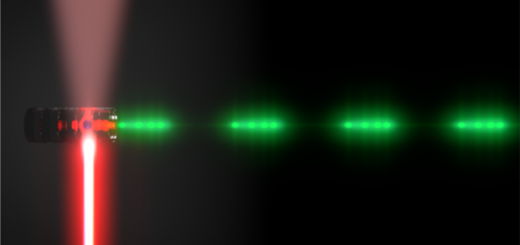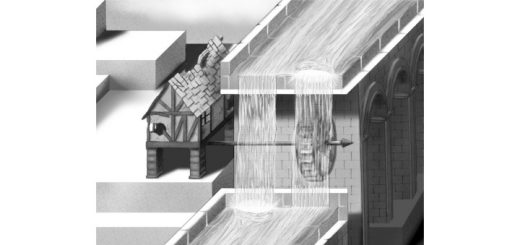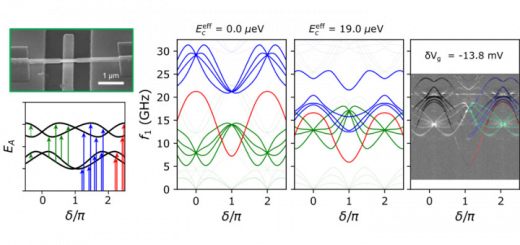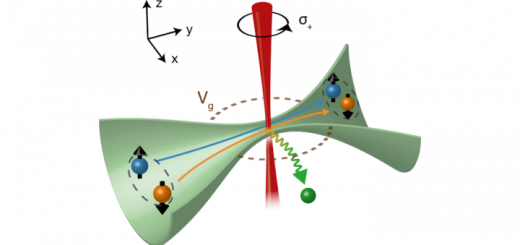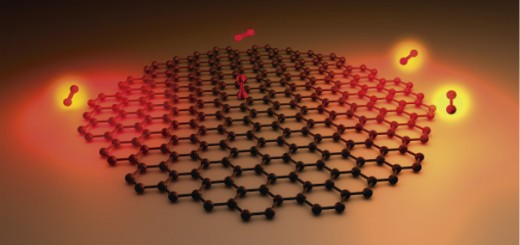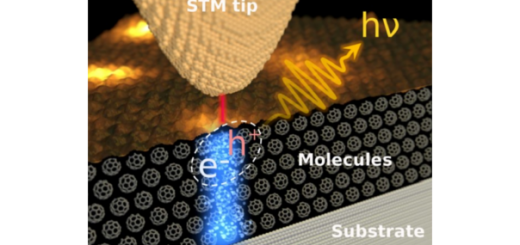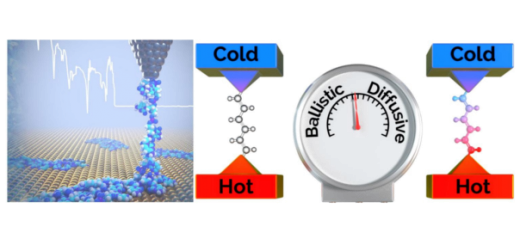Exciton Transport in 2D Perovskites: Visualising the Flow of Energy in a Soft Semiconductor
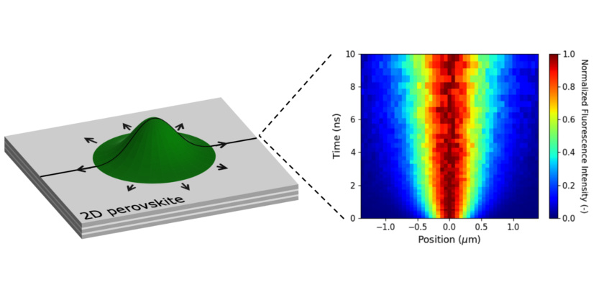 Article: published in Nature Communications by Nerea Alcázar-Cano, Marc Meléndez and Rafael Delgado-Buscalioni members of the Theoretical Condensed Matter Physics Department.
Article: published in Nature Communications by Nerea Alcázar-Cano, Marc Meléndez and Rafael Delgado-Buscalioni members of the Theoretical Condensed Matter Physics Department.
Researchers from the Universidad Autonoma de Madrid have for the first time visualised the unique physics of the transport of optical excitations (or excitons) in two-dimensional perovskites. Using transient fluorescence microscopy, they show how small changes in the softness of these materials can result in dramatic differences in their excitonic energy transport characteristics. This discovery is crucial in the development of high efficiency solution-processed photovoltaic and light emitting technologies – a field in which metal-halide perovskites are playing an increasingly central role.
Within a decade after their first reports, solar cells based on metal-halide perovskites have advanced to the top of the list of most efficient single cell junctions, rivalling even crystalline silicon. However, one key missing ingredient in perovskites is chemical stability, posing a challenge for commercialisation. A promising route to tackle the stability issue is the use of lower dimensional perovskites, such as two-dimensional (2D) perovskites, which show a better resistance towards degradation than the conventional 3D phases. Indeed, recent solar cells based using 2D perovskite show dramatically improved stability while maintaining high performance. Reduced dimensionality, however, significantly alters the photophysical properties of the perovskites. Importantly, rather than acting as free carriers, electrons and holes are bound to each other and travel through the material as neutral pairs called excitons. The exciton-binding energy of these materials is in some cases so high that excitons can only be split up into electrons and holes at charge separation sites. To guarantee that every absorbed photon can also contribute to the energy generation in a solar cell, excitons need to diffuse far enough to reach such sites. This makes charge separation and energy extraction much more challenging and it is somewhat of a surprise that 2D perovskite based solar cells work as well as they do.
Researchers from the Condensed Matter Physics Centre (IFIMAC) at the Universidad Autonoma de Madrid have now directly visualised exciton transport in 2D perovskites using transient photoluminescence microscopy (TPLM). By detecting the photoluminescent signal from a population of excitons as a function of time and position, TPLM can create little movies of the broadening of this population with a spatial resolution of just a few tens of nanometers and at a sub-nanosecond frame duration. The results show that excitons undergo an initial fast diffusion through the crystalline plane, followed by a slower subdiffusive regime as excitons get trapped. Interestingly, the regime of slow trap state-limited transport disappears at higher illumination intensities. Using theoretical modelling, the authors find that this can be explained by a trap filling behaviour. This suggests that under typical illumination by the sun in a photovoltaic device, the role of traps in these materials may actually be minimal. The most important finding of this study though, is that the early intrinsic diffusivity depends sensitively on the choice of organic spacer that is used to separate the inorganic sheets in 2D perovskites. Between commonly used organic spacers (phenethylammonium and butylammonium), diffusivities and diffusion lengths differ by as much as an order of magnitude. Across a wide range of different spacers, it is shown that these changes are closely correlated with variations in the softness of the lattice, suggesting a dominant role for exciton–phonon coupling and exciton–polaron formation in the spatial dynamics of excitons in these materials. Crucially, long exciton diffusion lengths in light emitting applications such as LEDs can reduce device performance, as it increases the possibility of encountering a trapping site. Meanwhile, for light harvesting applications, long diffusion lengths are essential for the successful extraction of excitons. The insights from this study therefore provide a clear design strategy to further improve the performance of 2D perovskite solar cells and light emitting devices. [Full article]
References
- Exciton diffusion in two-dimensional metal-halide perovskites. Michael Seitz, Alvaro J. Magdaleno, Nerea Alcázar-Cano, Marc Meléndez, Tim J. Lubbers, Sanne W. Walraven, Sahar Pakdel, Elsa Prada, Rafael Delgado-Buscalioni & Ferry Prins, Nature Communications volume 11, Article number: 2035, (2020). [URL]


